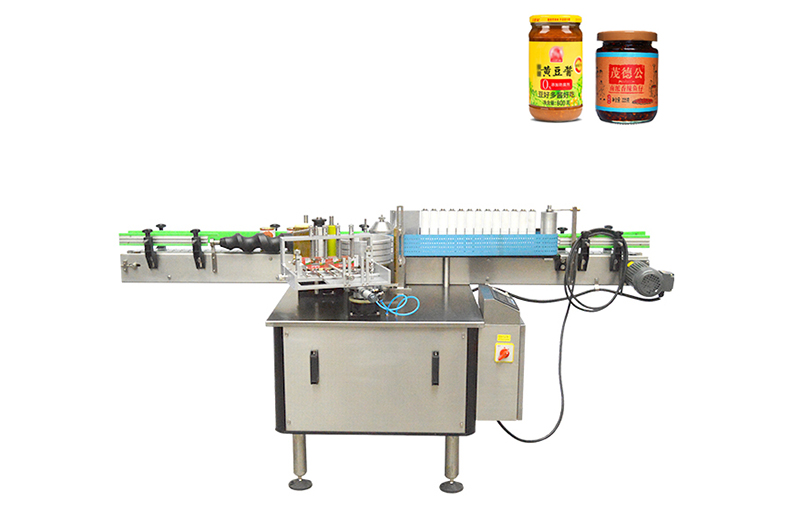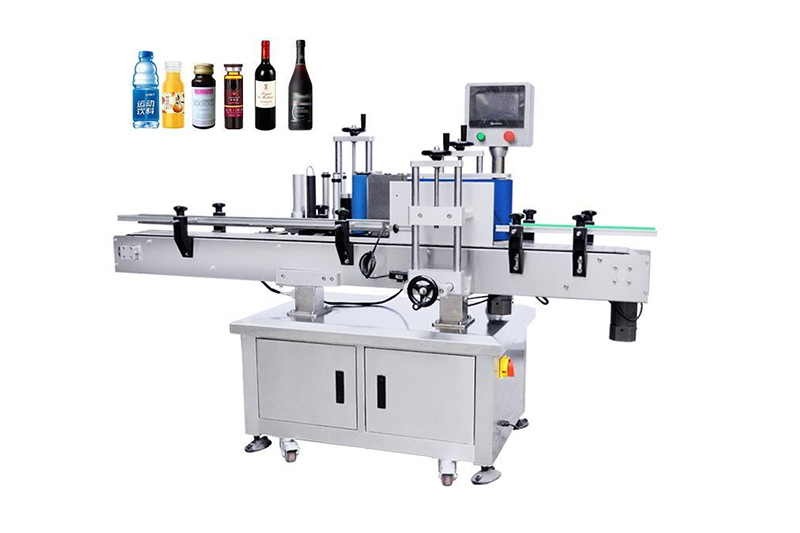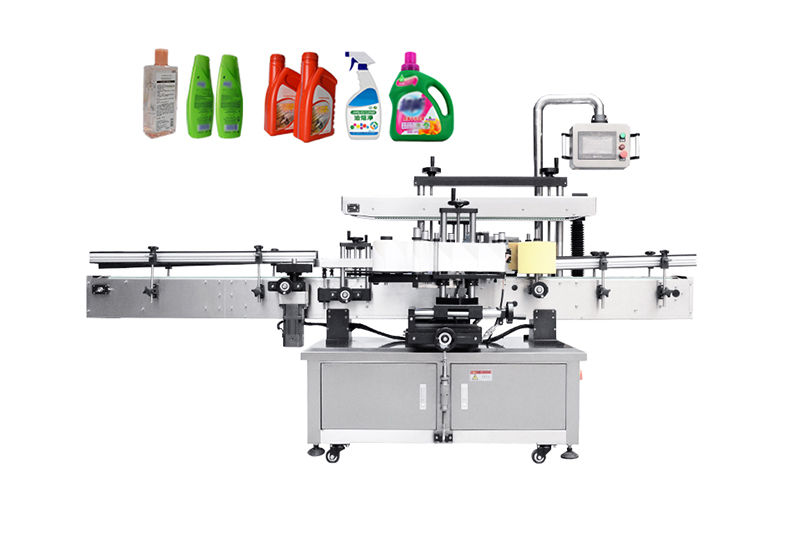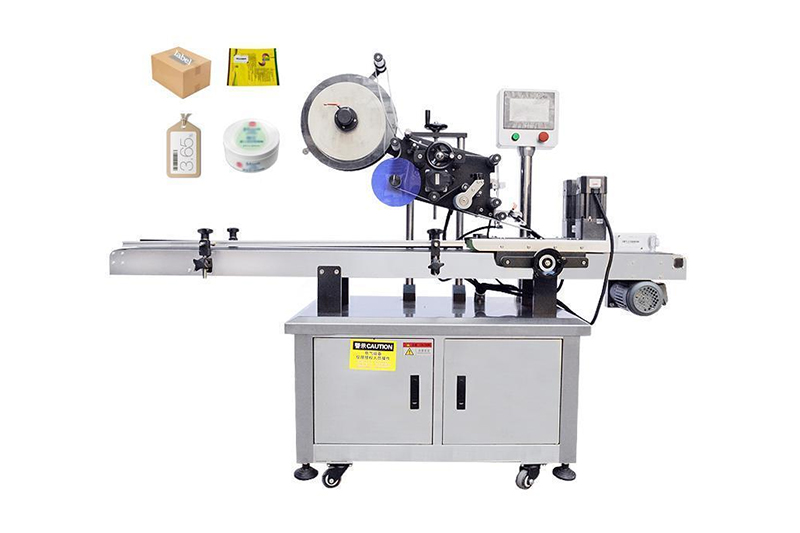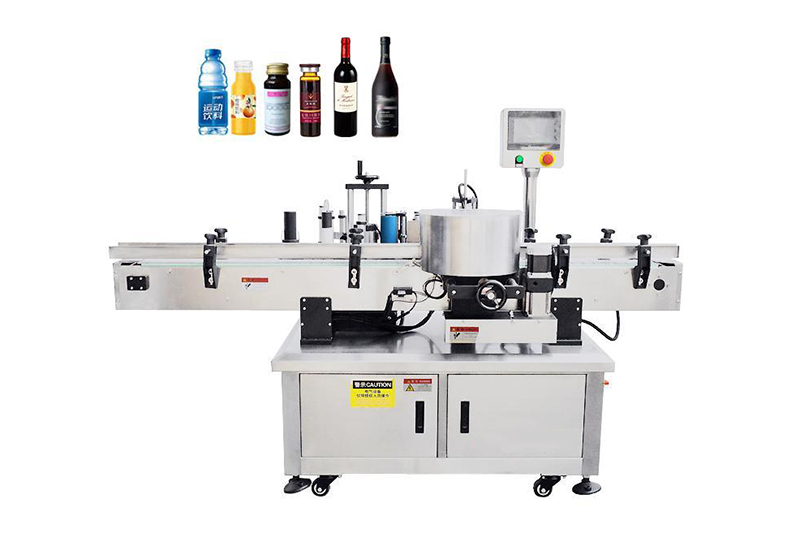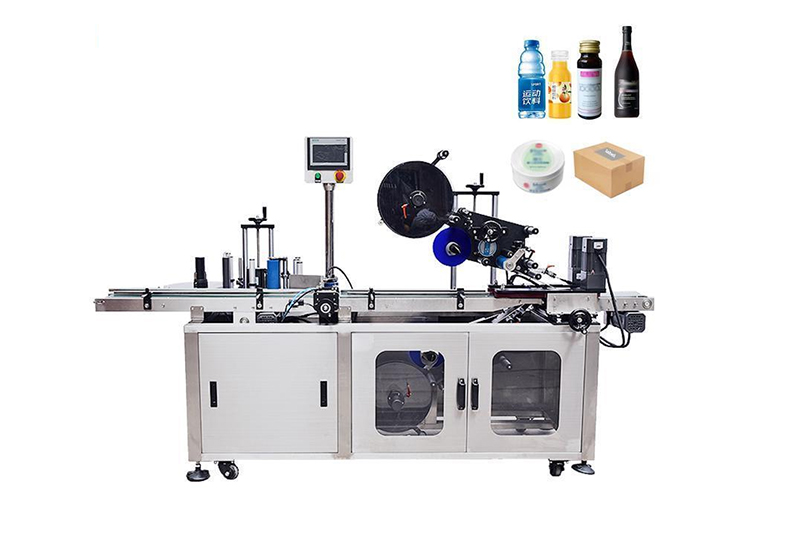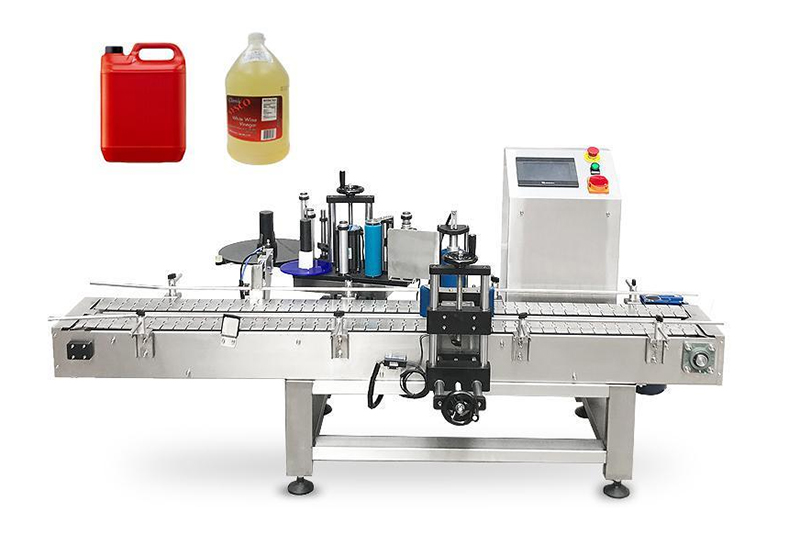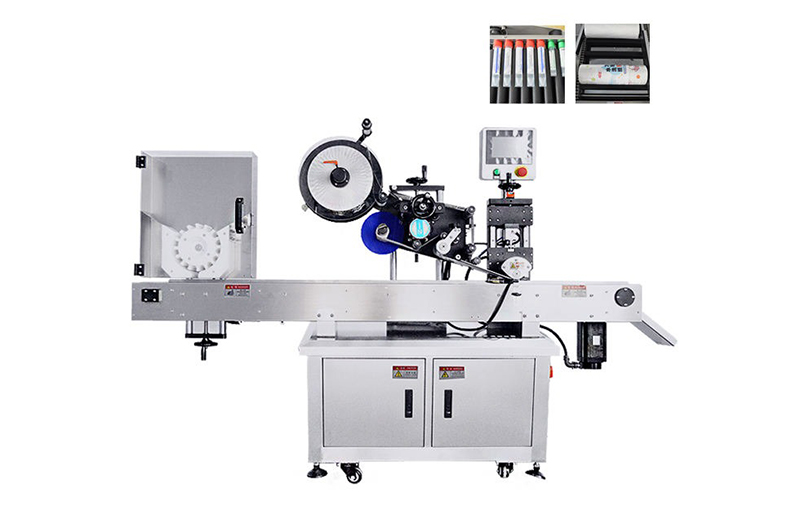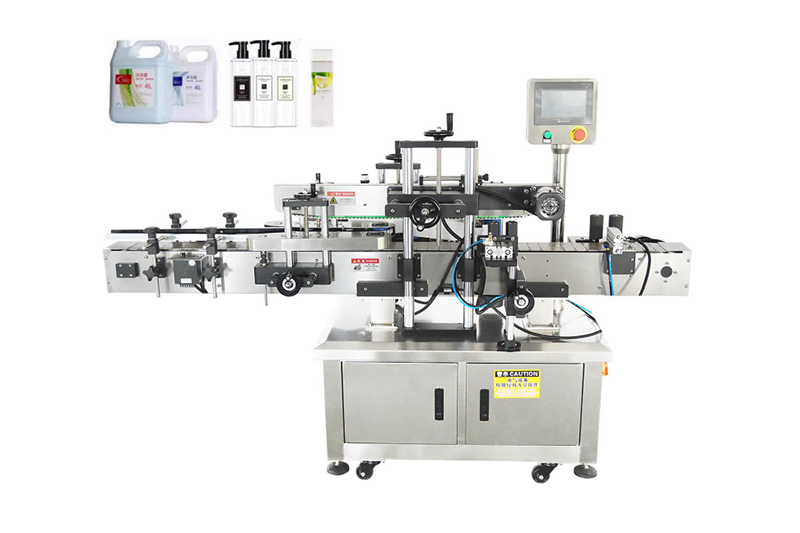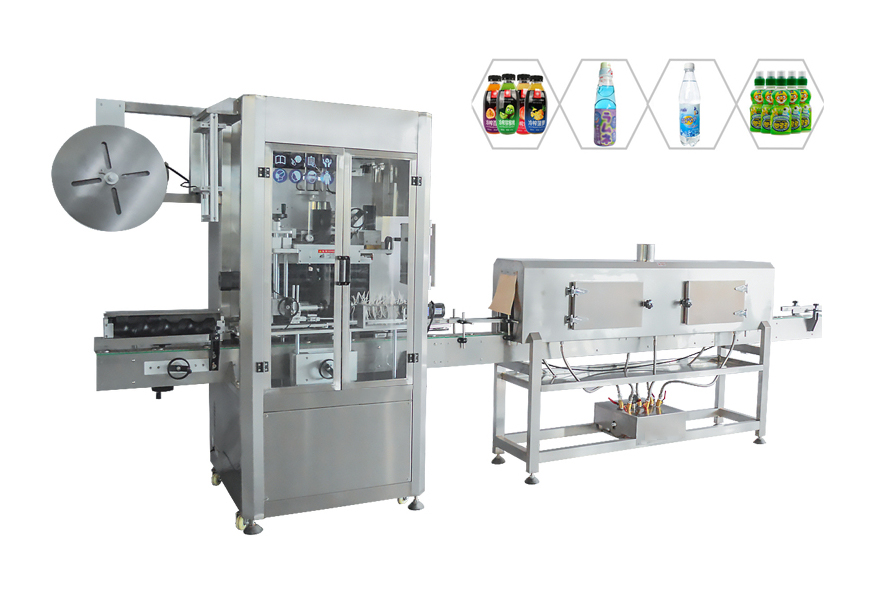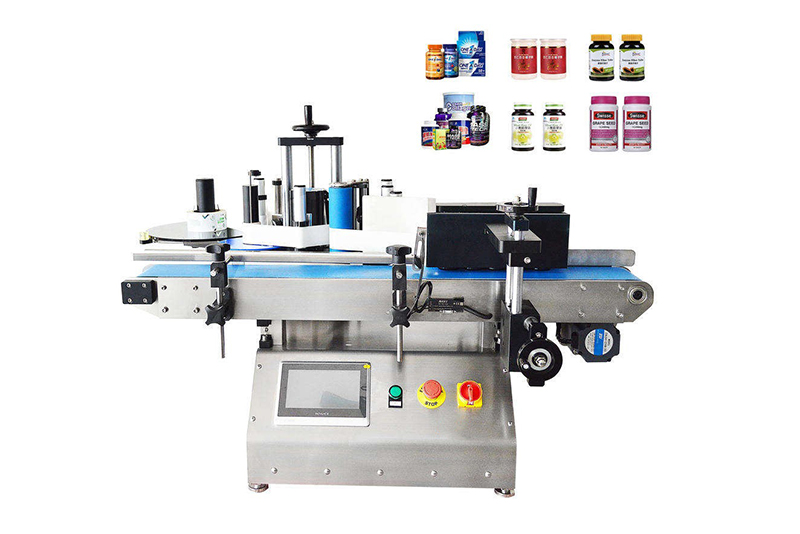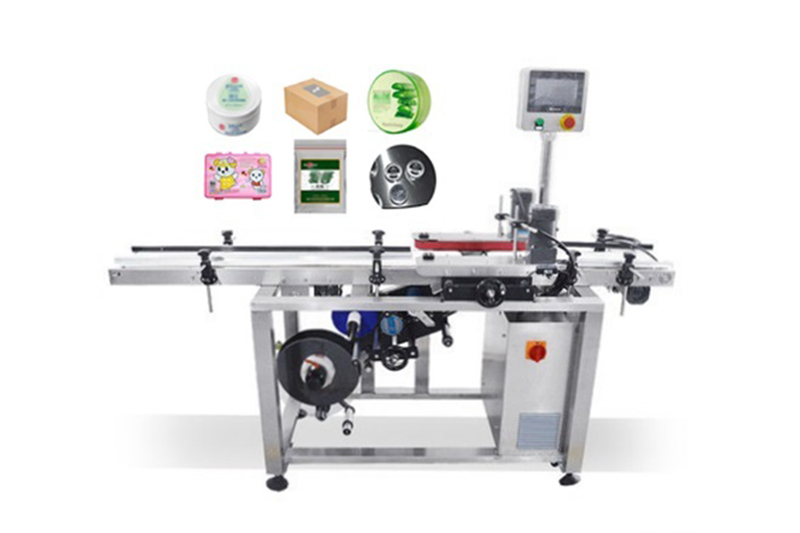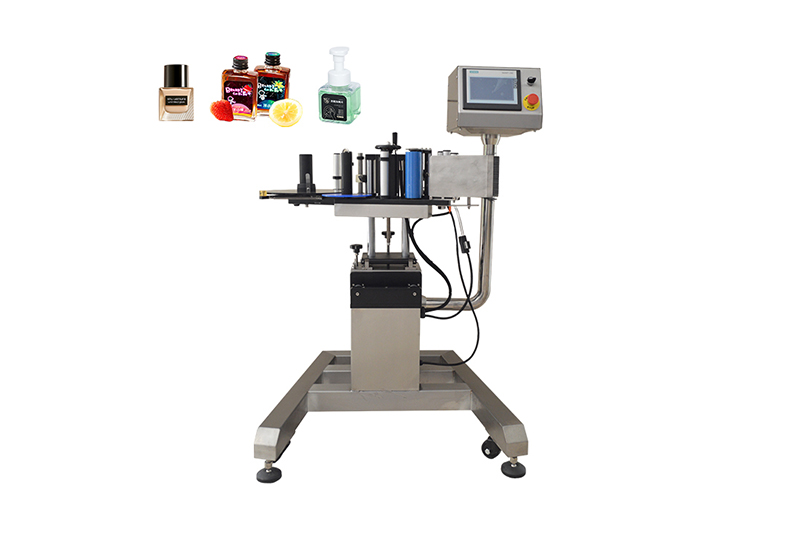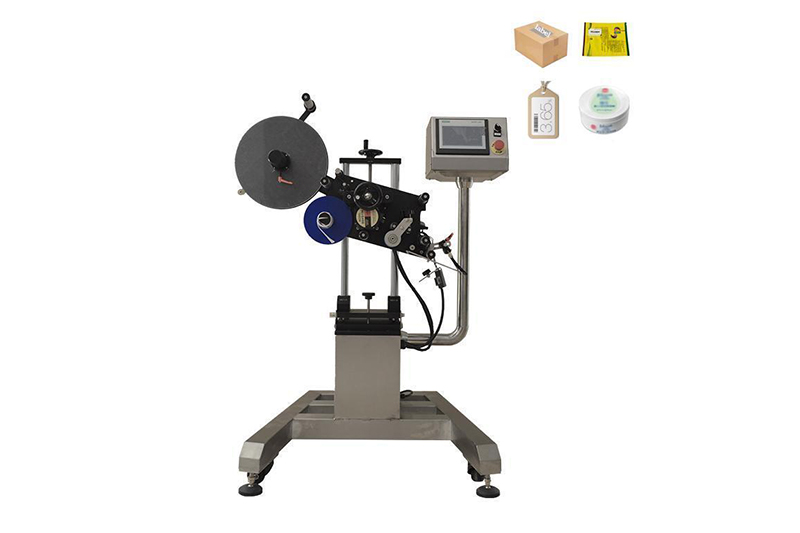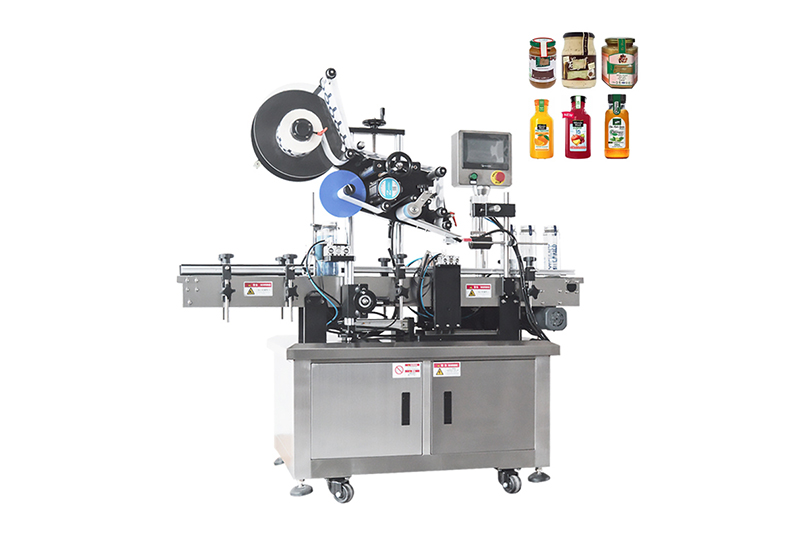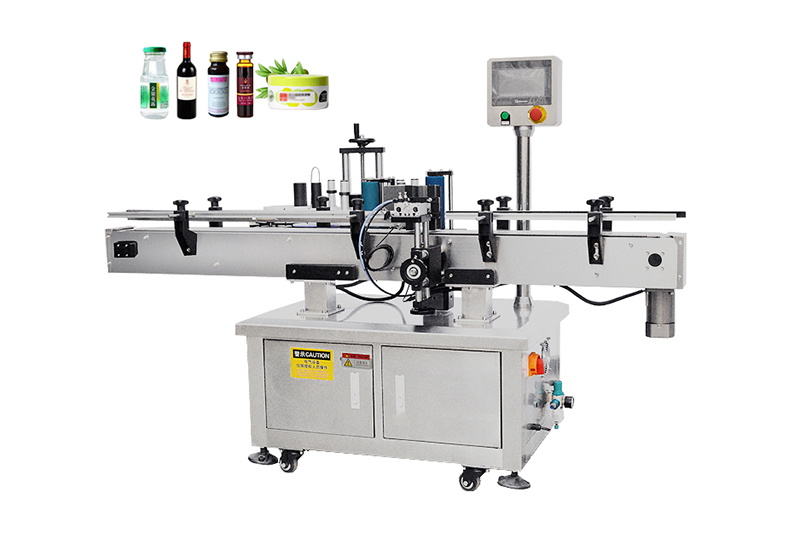In the bustling world of manufacturing and packaging, efficiency is key. Every aspect of the production line must seamlessly integrate to ensure products are delivered promptly and accurately to consumers. Among the myriad of machinery employed in this process, the labeling machine stands as a silent yet indispensable hero, streamlining the packaging process with precision and speed.
So, how does a labeling machine work? Let’s delve into the intricate mechanisms that power this essential component of modern production lines.
1. Understanding the Basics:
At its core, a labeling machine is designed to affix labels onto various products swiftly and accurately. These labels can contain crucial information such as product names, barcodes, expiration dates, and more. The efficiency of a labeling machine lies in its ability to automate this process, reducing human error and maximizing productivity.
2. The Components:
A typical labeling machine comprises several key components:
Feeding Mechanism: This part ensures a steady supply of labels to the machine.
Labeling Head: The heart of the machine, where labels are dispensed and applied onto products.
Conveyor System: Transports products through the labeling process.
Control Panel: Allows operators to monitor and adjust settings for optimal performance.
3. The Process in Motion:
The labeling process unfolds in a series of precise steps:
Label Dispensing: Labels are fed into the machine from a roll or stack, guided by the feeding mechanism.
Label Application: As products move along the conveyor belt, the labeling head precisely applies the labels onto them. This can be achieved through various methods such as pressure-sensitive adhesive, hot melt glue, or shrink sleeves, depending on the machine’s configuration and the nature of the product.
Quality Control: Sensors and vision systems ensure that labels are applied accurately and without defects. Any discrepancies are flagged for immediate attention.
Integration: In a seamlessly integrated production line, labeled products continue on their journey for packaging, sealing, and distribution.
4. Advanced Features:
Modern labeling machines boast an array of advanced features to further enhance efficiency and versatility:
Variable Data Printing: Some machines can print variable information such as serial numbers or batch codes directly onto labels before application.
Automatic Changeovers: Quick and easy adjustments enable seamless transition between different label sizes and types, minimizing downtime.
Remote Monitoring: With connectivity features, operators can monitor machine performance and troubleshoot issues remotely, maximizing uptime.
5. The Human Touch:
While labeling machines excel at automation, human oversight remains critical. Skilled operators are responsible for machine setup, maintenance, and troubleshooting. Their expertise ensures smooth operation and swift resolution of any hiccups that may arise.
In Conclusion:
A labeling machine may appear deceptively simple in its function, but its role in the manufacturing process is anything but trivial. By harnessing advanced technology and meticulous precision, these machines contribute to the seamless flow of production, ensuring that products reach consumers accurately labeled and ready for use.
In an era defined by speed and efficiency, the labeling machine stands as a testament to innovation in manufacturing. With its unwavering reliability and precision, it paves the way for streamlined production processes and superior product quality.
So, the next time you reach for a labeled product, spare a thought for the silent hero behind its flawless presentation—the labeling machine.
Ready to Optimize Your Production Line?
Explore our range of cutting-edge labeling solutions and take your manufacturing efficiency to new heights. Contact us today to learn more!

